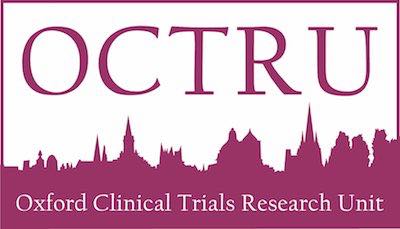How patients and the public were involved in the design of the RIDD Trial
The importance of involving patients and the public in research
The research team has benefitted hugely from the enthusiasm and support of our network of patients. Patients have also told us how glad they are that potential new therapies are being tested for a diseases that represents a major unmet medical need. Many patients may already have disease that is too advanced to benefit from this potential treatment, but the disease has a strong hereditary component and patients feel that their contributions may still help future generations.
There is currently no proven treatment for early Dupuytren’s disease and so the experience of these patients is often neglected. The RIDD trial is testing a therapy that will be delivered by injection at an early stage of the disease. The injection is expected to cause minimal to mild discomfort and will require the patient to attend clinic or GP surgery. If the treatment is effective then the benefit to the patient will be preserved hand function, and the need for hand surgery may be abolished, reduced or delayed. We had no idea how accepting patients would be of regular injections at an early stage and we knew that developing an early therapy would be pointless if not acceptable to the patients. For this reason we asked 14 patients with early disease and 17 patients with later disease (who had already undergone surgery) how many injection visits a year they would be willing to accept if it reduced the chances of them needing surgery later. Over 70% of patients with later stage disease and ~60% of those with early disease indicated that they were extremely or highly likely to accept 3 injections per year for their lifetime. We used this information to guide our dosing schedule for Part 2 of the RIDD trial.
As early Dupuytren’s disease is not an area for clinical treatment it is not monitored by doctors, for the RIDD trial we needed to develop a battery of tests that would provide an objective measure of disease progression. Experienced hand therapists in the team already suspected that measurements of skin hardness and ultrasound imaging would change with the disease – this was confirmed with the help of 25 patients with early Dupuytren’s disease, and 12 non-affected individuals. The results from these pilot tests were used to estimate the number of patients who will be needed in the trial to observe a significant result.
The impact of this involvement
Involving patients and some non-affected individuals in our study at the pre-grant stage was fundamental to the design of our study – it gave us the confidence and evidence, that there is strong patient support for developing a new treatment for this disease. Results from pilot testing also helped us choose the trial outcomes and informed our power calculations [the calculations used to work out how many participants we need in the study].
We also want to assess the experience of patients throughout the trial using questionnaires. There are standardised hand function questionnaires available but we were not sure whether these were sufficiently sensitive to detect changes in hand function in patients with early Dupuytren’s disease. We administered several of these patient reported outcome measures to individuals with early Dupuytren’s disease and selected the ones that gave the most robust responses. We were also interested in the opinions of our patients. Discussions showed that there is huge variation between people in the day-to-day activities that are most limited, and none of the standardised questionnaires take account of this. For this reason we have also developed a measure which tracks over time the ability of the person to do the activity they personally have found most limited.
Even if our therapeutic were found to be clinically effective, we would have to show that it is economically viable in the UK healthcare system. Therefore, we administered the EQ-5D instrument used by NICE to individuals with early disease and matched normal controls to find that the instrument is sufficiently sensitive in this group of patients. Based on these data, we will be conducting a study of the health economic efficacy of our treatment through the course of our clinical trial.






